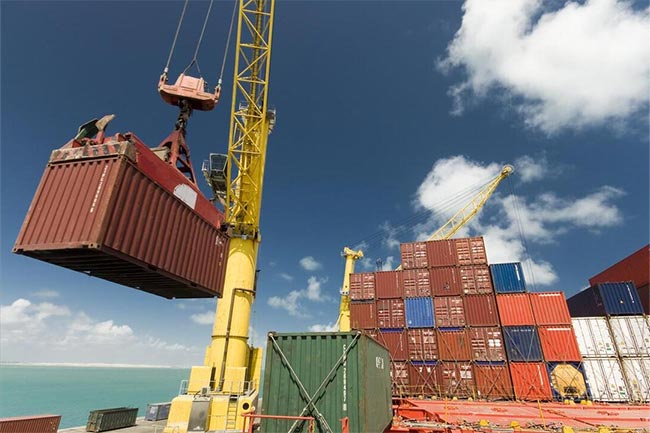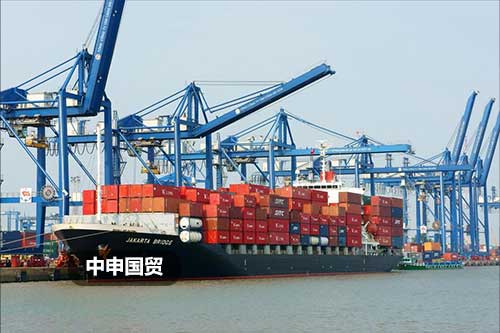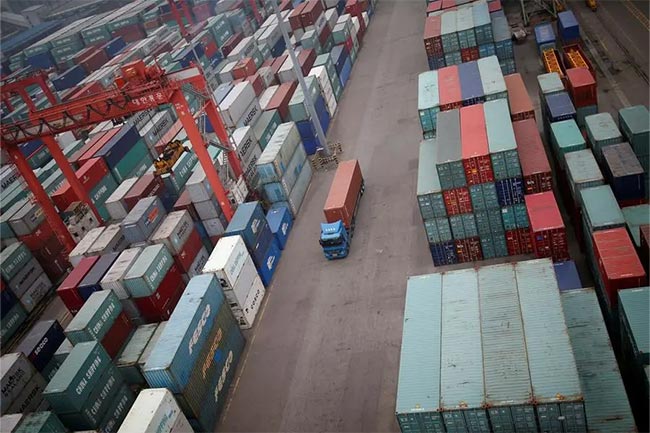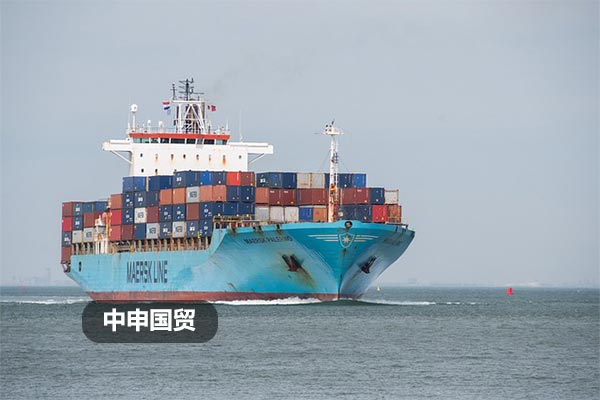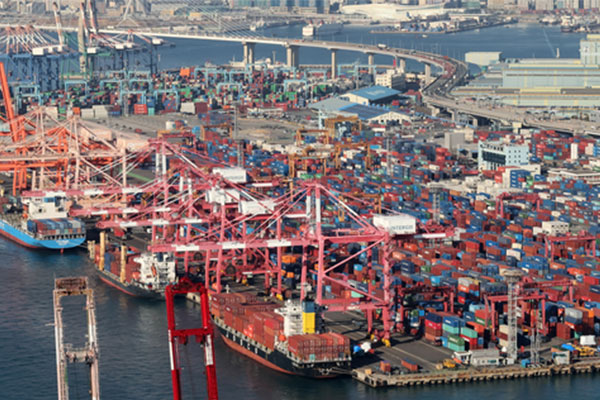- Zhongshen (Shanghai): 20 years of experience in foreign trade.
- Service Hotline: 139 1787 2118

Tax RefundHow exactly is it calculated?
According to Article 37 of the newly implemented "Value-Added Tax Law" in 2025, the calculation of export tax rebates follows"Exemption, Credit, Refund"Principles, with the specific formula being:
- Refundable Tax Amount = FOB Price of Export Goods × Tax Refund Rate
- The tax refund rate should be referenced against the "2025 Export Commodity Code and Tax Refund Rate Table."
Take the export of garments as an example: A batch of women's coats has an FOB price of $50,000, with a tax rebate rate of 13%. The refundable tax amount = 50,000 × 6.8 (exchange rate) × 13% = ¥44,200.
What factors can affect the actual tax refund amount?
- Commodity classification:The accuracy of HS codes directly affects the tax rebate rate.
- Example: For ceramic products categorized by usage, the tax rebate rate fluctuates between 5% and 13%.
- Trade Mode:
- General trade is eligible for full tax refund.
- Processing trade adopts the special calculation method of "exemption, credit, and refund."
- : Handling cross - border foreign exchange receipts and payments, reporting to the State Administration of Foreign Exchange: A complete set is required.A complete export agency agreement should be attached with:Voucher
What impact will the 2025 VAT reform have on tax refunds?
The implementation this year:The normalization of VAT credit refundsThe mechanism brings about two major changes:
- The tax refund processing period has been shortened to within 20 working days.
- Add an electronic special invoice certification step.
Special Note: Cross-border service exports are now eligible for6% VAT zero rateThe policy, representing a 2 percentage point increase compared to 2023.
How to Avoid Common Mistakes in Tax Refund Applications?
- The principle of document conformity:
- The discrepancy between the customs declaration amount and the VAT invoice must be <5%.
- The bill of lading date must not be later than the customs declaration date.
- Time node control:
- The tax refund must be completed before the deadline for the VAT tax return filing in April of the following year after export.
- The deadline for foreign exchange collection is extended to 12 months after export.
Can a professional agency help recover more tax refunds?
Legal agency services do not alter the tax refund rate, but they can optimize it through the following methods:
- Accurate HS Code Classification (Average Tax Refund Rate Increase of 1-3%)
- Avoid tax refund losses caused by documentation flaws (approximately reducing 5% of declaration rejections)
- Applying tax treaties to avoid double taxation
What risks should be considered when selecting a tax refund agent?
- Beware of "High Tax Refund Guaranteed" Promises (May Involve Tax Fraud)
- Verify the customs AEO certification qualification of the agency.
- Verify the connectivity capability of the electronic port system.
Recommended for You
? 2025. All Rights Reserved. Shanghai ICP No. 2023007705-2  Shanghai Public Network Security Record No. 31011502009912
Shanghai Public Network Security Record No. 31011502009912
